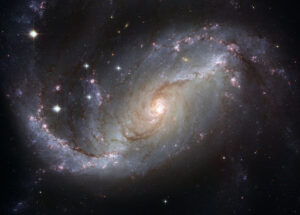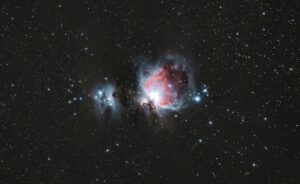
Have you ever wondered what the world outside of our planet looks like? Did you know that the size of the observable universe is 93 billion light-years in diameter, and that it is nowhere near close to the actual size of the entire universe (The Nine Planets)? Don’t you ever wish that you can witness this extraordinary phenomenon with your very own eyes?
Recently, the European Space Agency’s Gaia space observatory managed to expand the map of the milky way, opening up rooms for new possibilities and exploration towards unknown territories. The Milky way itself is made of gas, stars and dust that spreads around 100,000 light years across (The Nine Planets, 2021). It is shaped as a flat disk and is thousands of light years thick. Despite the size of the galaxy, it is merely a very small portion of the universe, as billions of the same galaxy existed simultaneously. Besides that, the new Gaia data allows astronomers to locate more than 156,000 asteroids. This helps to discover the past or the formation of the solar system and to take precautionary measures should the asteroids pose a threat to our planet (Stahl, 2022).

A discovery made by NASA this year, using the Hubble Space Telescope, suggests that the universe itself is expanding at a faster rate than what astronomers had predicted. The rate of expansion is 73 kilometers per second per megaparsec instead of the anticipated 67.5 kilometers (Cost, 2022). However, the question still remains on whether the universe will ever stop expanding. The expansion of the universe is a confusing concept and it’s hard to imagine what the expansion looked like in the first place. To quickly summarize it, the current measurements state that the universe has a flat geometry, indicating that the universe is infinite. Try imagining a checkerboard with coins at each vertex of the board (Gleiser, 2017). The board represents the universe while the coins are the milky ways. When expanding, the squares and coins would grow equally and put a greater distance between the coins. This means that there is no center in the universe as everything can be considered as the center due to the way the universe expands (Gleiser, 2017).
Furthermore, there are an endless amount of possibilities and discoveries outside of our planet just waiting for us to uncover. It may take a long time to explore the unknown, but the fact that there might be other higher life forms or habitable planets out there, fuels our desire to continue to explore the vast universe. Besides, you’ll never know what you will find on your next adventure!
Written by: Ya Pey Hew
June 13, 2022
